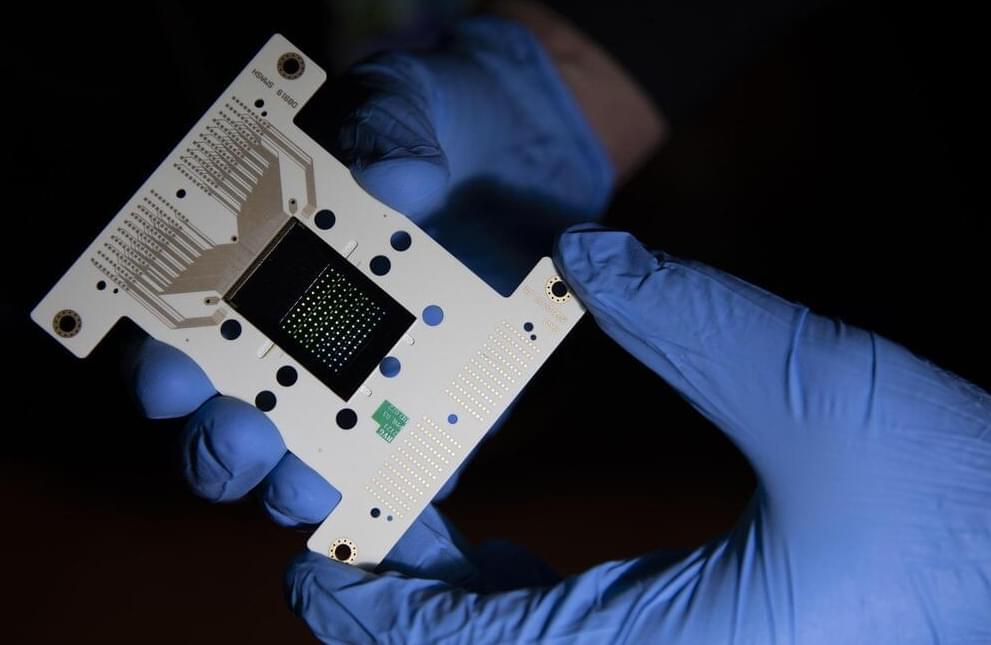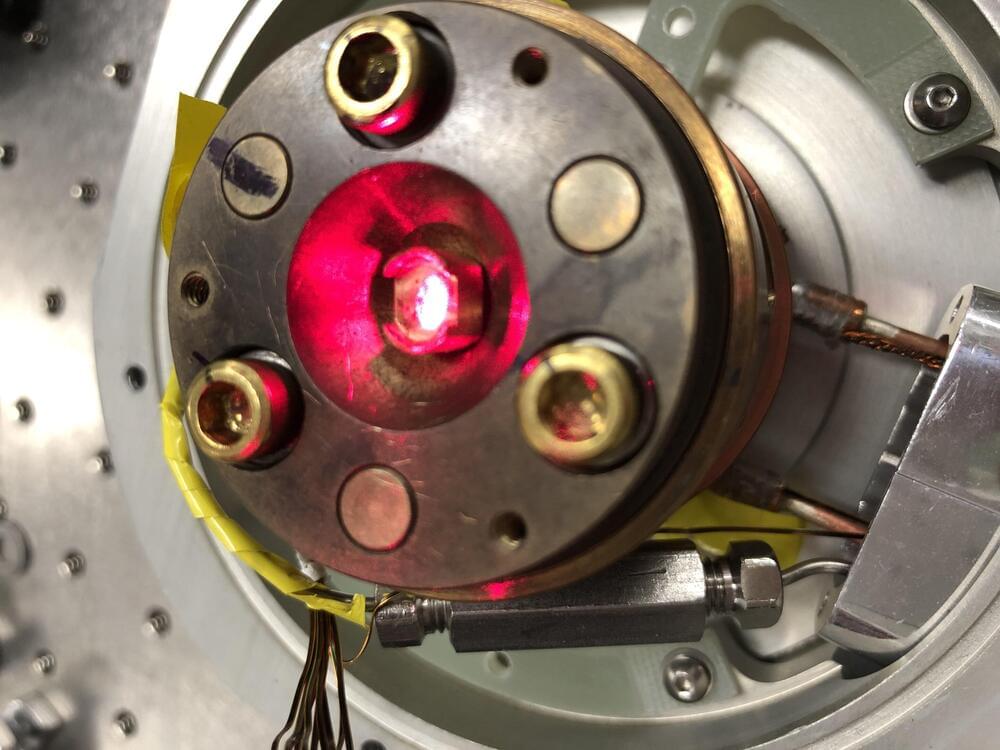Microsoft has announced a new DirectX12 API for Windows which will offer a new way for apps to efficiently encode video using the GPU.
The Video Encode API is available to 3rd party apps and is native to Windows 11, and can efficiently encode video in the H264 and HEVC formats.
Microsoft says it offers a considerable number of configurable parameters are exposed by this API for the user to tweak different aspects of the encoding process and make them fit best for their scenarios such as: custom slices partitioning scheme, active (i.e. CBR, VBR, QBVR) and passive (Absolute/Delta custom QP maps) rate control configuration modes, custom codec encoding tools usage, custom codec block and transform sizes, motion vector precision limit, explicit usage of intra-refresh sessions, dynamic reconfiguration of video stream resolution/rate control/slices partitioning and more.







